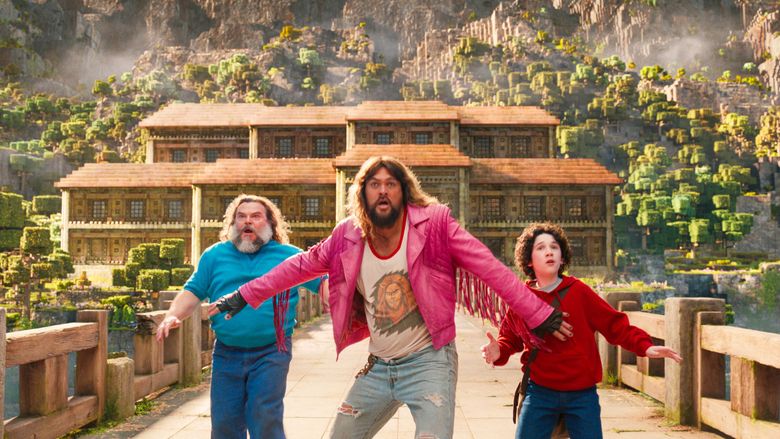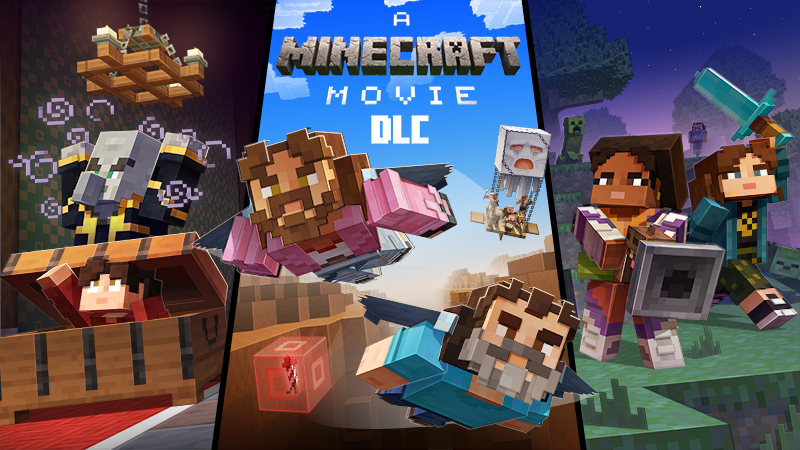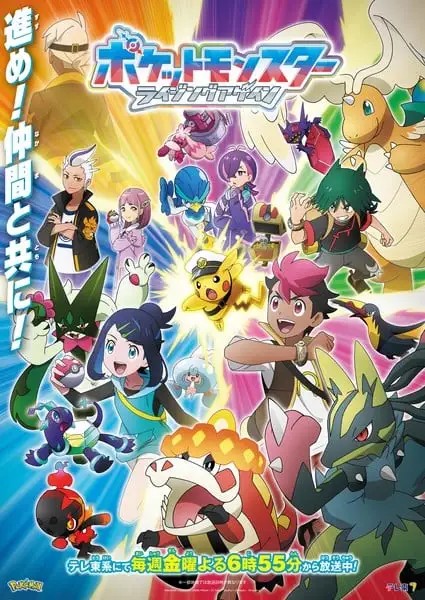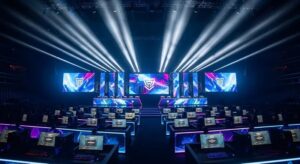The New Frontier: When Pixels Become Picture Shows
In the ever-evolving landscape of the gaming industry, few phenomena have achieved the cultural permanence of Minecraft. What began as a humble indie project has blossomed into a global titan, a digital canvas for millions. The latest chapter in its expansion, however, isn’t a game update or a new spin-off; it’s a strategic and confident stride into Hollywood. The confirmation of a cinematic sequel, even before the first film has graced the screen, signals a profound shift. This isn’t merely a game adaptation; it’s the calculated construction of a transmedia empire. This move transcends typical Minecraft News, offering a compelling case study in brand evolution, community engagement, and the blurring lines between interactive entertainment and traditional media. In this article, we will deconstruct the strategy behind Minecraft’s cinematic ambitions, analyze its far-reaching implications for Microsoft, the development studio Mojang, and the global gaming community, and explore what this means for the future of video game franchises in mainstream entertainment.
Section 1: From Sandbox to Silver Screen: The Grand Strategy Unfolds
The announcement of a second Minecraft movie, slated for a 2027 release, is a masterclass in corporate confidence and long-term strategic planning. For industry observers and fans alike, this news is significant not just for what it is, but for when it arrives. Committing to a sequel years in advance, before audiences have even seen the first installment, indicates that the studio and its parent company, Microsoft, have immense faith in the property’s universal appeal and the creative direction being taken. This move effectively transforms the first film from a high-stakes gamble into the foundational pillar of a planned cinematic universe, a strategy perfected by comic book giants and now being aggressively adopted by the world of video games.
The Long Road to Theaters
To fully appreciate this development, one must consider the first film’s protracted journey. The path to adapting a game with no inherent narrative, a core tenet of its game design, is fraught with creative challenges. Unlike story-driven RPG Games or linear FPS Games, Minecraft’s essence is player agency and emergent storytelling. How do you create a compelling three-act structure from a world built on infinite possibility? This question has plagued the project for years, leading to multiple changes in creative teams and direction. The current iteration, with a star-studded cast and a clear vision, appears to have solved this puzzle, giving Microsoft the confidence to greenlight further exploration of this blocky world. This long development cycle is a testament to the difficulty of adapting such a unique IP, making the early sequel announcement even more impactful. It suggests they haven’t just made a movie; they’ve created a repeatable blueprint for cinematic storytelling within the Minecraft IP.
A Trend in the Gaming Industry
Minecraft’s cinematic push is part of a larger, industry-wide trend. Following the immense success of films like “The Super Mario Bros. Movie” and the “Sonic the Hedgehog” series, the stigma once attached to video game adaptations is rapidly fading. Studios now see powerhouse IPs from the PC Gaming and Console Gaming worlds not as risky one-offs, but as untapped reservoirs of globally recognized characters and lore. This shift is reshaping how publishers view their biggest franchises, from Fortnite News of creative collaborations to whispers of adaptations for titles like The Legend of Zelda. Minecraft’s move is a definitive statement that it belongs in this top echelon of entertainment properties.
Section 2: Deconstructing the Minecraft Transmedia Empire

To view the Minecraft movie strategy in isolation would be a mistake. It is merely the most visible component of a meticulously constructed transmedia empire that extends far beyond the core game. This approach ensures the brand remains relevant and accessible across various demographics and platforms, from high-end Gaming PCs with powerful graphics cards to ubiquitous mobile devices, a key factor in its growth beyond its Indie Games origin to a true AAA Games behemoth.
More Than Just a Game
Minecraft’s ecosystem is a powerful example of modern brand management. Consider the key components:
- Core Game: The foundation, available on nearly every platform imaginable, from powerful Gaming Laptops to the Nintendo Switch, ensuring maximum accessibility. This is the heart of the gaming community.
- Spin-off Titles: Games like “Minecraft Dungeons” and “Minecraft Legends” explore different genres (dungeon crawler and action-strategy, respectively), expanding the universe’s lore and gameplay mechanics. This diversifies the IP, touching on elements of RPG Games and Strategy Games.
- Educational Initiatives: “Minecraft: Education Edition” has integrated the game into classrooms worldwide, teaching everything from coding to history. This legitimizes the brand in the eyes of parents and educators, creating a new generation of fans.
- Merchandise and Licensing: From LEGO sets and apparel to books and toys, Minecraft has a massive physical retail presence, keeping the brand visible in daily life, far away from any gaming monitors.
The Cinematic Keystone
The film franchise acts as the keystone in this structure. A successful movie series accomplishes several key objectives. First, it introduces the world of Minecraft to a massive, mainstream audience that may have never picked up a game controller. It simplifies the core concepts of creativity, exploration, and survival into a digestible, entertaining narrative. Second, it deepens the emotional connection for existing players, giving official faces and personalities to characters like Steve and Alex and creating a shared cultural moment for the entire community. This is a strategy that provides a wealth of new content for discussions and analysis on platforms like Twitch, directly influencing Twitch News and creator trends. Finally, it validates the IP’s cultural significance on the world stage, placing it alongside other legendary fantasy and adventure franchises.
Section 3: The Ripple Effect: Impact on Microsoft, Mojang, and the Community
A multi-billion-dollar franchise making a significant move into Hollywood creates ripples that are felt across its entire ecosystem. The implications for parent company Microsoft, developer Mojang, and the vast player base are profound and multifaceted, extending from corporate strategy to the daily experience of individual players.
For Microsoft and Xbox
For Microsoft, this is a cornerstone of their broader entertainment strategy. As detailed in ongoing Xbox News, the company is focused on building an all-encompassing ecosystem that leverages its powerful IPs across services like Game Pass and Cloud Gaming. A successful Minecraft film series drives value back to this ecosystem in numerous ways. It can spur sales of the game, boost Game Pass subscriptions, and increase engagement with the brand on Xbox consoles. It reinforces the value of their 2014 acquisition of Mojang, proving it was not just the purchase of a game, but of a cultural phenomenon. This transmedia success provides a powerful competitive advantage in the fierce Console Gaming war against rivals, as seen in recent PlayStation News and Nintendo News, where first-party IP strength is paramount.

For Mojang Studios
The game development team at Mojang faces a unique set of opportunities and challenges. On one hand, the movies provide a massive marketing tailwind and can inspire new in-game content. We can almost certainly expect movie-themed DLC, character skins, or even special events to coincide with the film releases, which will be major headlines in Game Releases news. On the other hand, Mojang must act as the careful guardian of the brand’s integrity. A film that misinterprets the core ethos of Minecraft could alienate the dedicated community. This requires a delicate balance between collaborating with Hollywood and protecting the creative freedom and player-centric focus that made the game a success. This is a pressure not typically seen by developers working on proprietary engines, as opposed to the more standardized workflows seen in Unreal Engine News or Unity News.
For the Gaming Community
The players, the lifeblood of Minecraft, stand to gain the most, but also face potential changes. The films will undoubtedly bring a massive influx of new players, revitalizing servers and injecting fresh energy into the community. Content creators will have a wealth of new material to explore, from reviewing the films to creating movie-inspired builds and game mods. However, some veteran players may worry about the “mainstreaming” of their beloved sandbox, fearing that corporate interests could dilute the game’s original spirit. The health of the community will depend on how Mojang manages this growth, ensuring that the game continues to serve its dedicated core while welcoming newcomers drawn in by the cinematic spectacle.
Section 4: The Future of Blockbuster Gaming: Blueprints and Pitfalls
Minecraft’s confident march into a cinematic future provides a valuable blueprint for other major gaming franchises. However, this path is not without its potential pitfalls. Understanding the pros and cons is crucial for both industry leaders and engaged fans.
Best Practices and Recommendations
- Authenticity is Key: The most successful adaptations respect the source material. The Minecraft movie’s success will hinge on its ability to capture the game’s spirit of creativity, wonder, and adventure, rather than just its blocky aesthetic.
- Synergy without Intrusion: In-game tie-ins should feel like celebrations, not mandatory advertisements. The best cross-media promotions enhance the player experience, offering new ways to engage with a world they love, whether they’re using high-end gaming peripherals like a responsive gaming mouse and gaming keyboard or a standard game controller.
- Long-Term Vision: Announcing a sequel early is a sign of a long-term plan. Other franchises should think beyond a single film and consider how a series or universe could evolve, much like the ongoing narratives in MMORPG News or seasonal updates in Battle Royale games like Apex Legends.
Common Pitfalls to Avoid
The history of game adaptations is littered with failures. The primary pitfall is a fundamental misunderstanding of what makes the game special. A film that simply uses the game’s assets without capturing its soul is destined to fail. Another danger is brand dilution. Over-saturating the market with mediocre content across different media can damage the core brand’s reputation. Finally, alienating the core community by “dumbing down” the lore or changing fundamental aspects of the world for cinematic convenience can create a backlash that undermines the entire endeavor. The world of competitive gaming and esports news shows how passionate and protective these communities can be, a lesson that applies to all facets of a gaming brand.
Conclusion: Building a Legacy, One Block at a Time
The announcement of a Minecraft movie sequel is far more than a simple piece of gaming news; it is a declaration of intent. It represents the culmination of a decade-long journey from a niche indie game to a global entertainment juggernaut. This strategic expansion into a full-fledged cinematic universe is a testament to the game’s enduring appeal and Microsoft’s ambition to solidify its legacy for decades to come. By carefully building a transmedia empire that includes games, education, merchandise, and now a film franchise, Minecraft is providing a masterclass in modern brand-building. For the gaming industry at large, it’s a powerful reminder that the most successful virtual worlds are no longer confined to our screens; they are becoming an indelible part of our shared cultural fabric.












